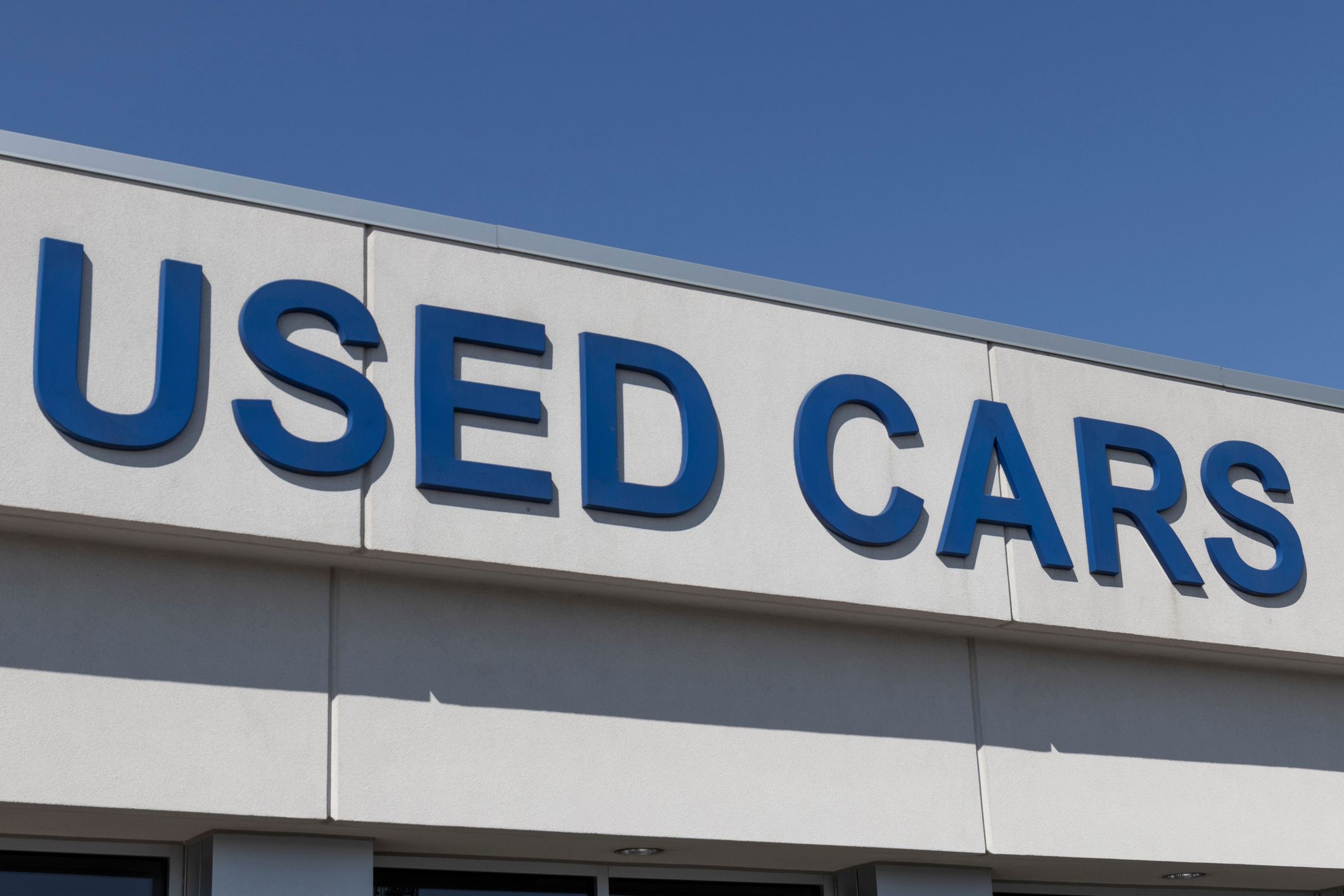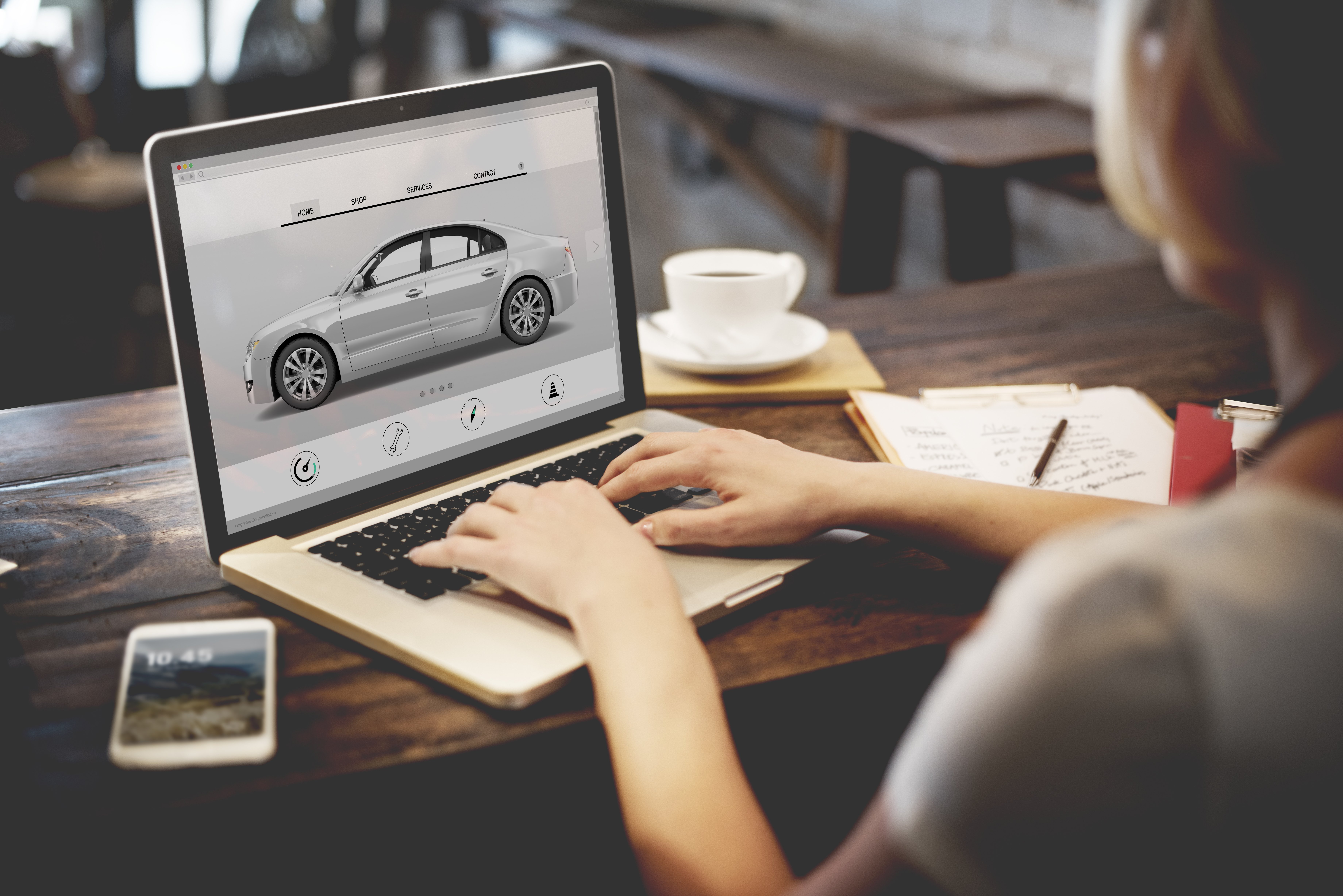How a Chevrolet Dealership Increased Used Vehicle Movement 15%
A Minneapolis-St. Paul area Chevrolet dealership improved how they buy and sell used cars by implementing ZeroSum'sUsed Turn Report, achieving...
3 min read
ZeroSum June 09, 2025

While everyone's focused on rising new car prices and tariff headlines, a quieter shift is happening for used cars across the country. Dealers are discovering an expanding profit opportunity in the used vehicle market that's being positively impacted by these very same economic pressures.
Used car demand is surging, inventory is stable, and profit margins are expanding. The question isn't whether this trend will continue, but whether you're positioned to capitalize on it.
Recent data from MarketAI reveals a compelling narrative that dealers are beginning to act on. Used car prices have climbed from $21,770 in early February to $22,578 by mid-May—a $808 increase that mirrors the upward trajectory we've seen in new vehicle pricing.
.png?width=900&height=550&name=Used%20Inventory%20Blog%20Graphic%20June%202025%20(1).png)
Meanwhile, used vehicle movement surged from 306,000 units in mid-February to 356,000 units by May, representing a significant 16% increase in consumer activity.
Perhaps most importantly, our State of the Dealer report shows that used car inventory has remained stable, holding steady around 2.15 million units compared to December's 2.2 million. This stability in supply, combined with increased demand and rising prices, creates an opportunity for dealerships who position themselves strategically.
What's happening in the new car market isn't occurring in isolation—it's directly impacting used car dynamics in ways that dealerships can capitalize on. Consumers are increasingly being drawn to the used car lot, even if they initially intended to buy new. This shift represents more than just a temporary trend. When consumers enter your showroom with new car aspirations but used car budgets, you have an opportunity to convert that traffic into profitable used vehicle sales.
Looking ahead to the summer months, market indicators suggest prices will likely continue their ascent. This creates a dual challenge and opportunity: while some consumers will be completely priced out of the market, others will migrate from new to used purchases, driving sustained demand in your used inventory.
The key is having a deliberate data-driven strategy to promote your used inventory to maximum effect. This means not just stocking the right used vehicles, but pricing them strategically, promoting them effectively, and positioning them as the smart alternative to increasingly expensive new cars.
Front-End Intelligence: Understanding your local market dynamics is crucial. Which used vehicle segments are in high demand but low supply in your area? What's the turn rate on specific makes and models? This intelligence should inform both your acquisition strategy—what to buy at trade-ins and auctions—and your pricing strategy.
Acquisition Optimization: When that customer walks in wanting to trade their 2020 Honda Accord, your decision on trade value should be informed by real-time market data. Are there many similar vehicles in your local market? What's the historical turn rate? How does current demand compare to supply? These insights can help you optimize both what you pay and what you can expect to profit.
Pricing and Marketing Strategy: With demand increasing and supply holding steady, dealers have more leverage in used car pricing. This environment allows for less aggressive discounting while maintaining strong turn rates—translating directly to improved profit margins. Your marketing dollars should reflect this opportunity. Promoting used inventory becomes even more critical as the price differential between new and used creates natural consumer migration. Make sure your used vehicle marketing is as sophisticated and targeted as your new car campaigns.
Success in this environment demands real-time supply and demand data. Dealerships who can access current inventory analytics, competitive pricing data, and demand forecasting will have significant advantages in both acquisition and sales strategies. Understanding turn rates, days-to-move projections, and local market share data allows dealers to make informed decisions about which vehicles to stock, how to price them, and where to focus marketing efforts for maximum impact.
Dealerships are viewing their used car operation not just as a complementary business line, but as a primary profit driver that can offset challenges in new vehicle sales while capitalizing on market dynamics beyond their control. The current market dynamics aren't temporary fluctuations—they represent a shift in consumer behavior and market conditions.
Want to learn more about optimizing your used car strategy with real-time market intelligence? Schedule a time, and one of our MarketAI specialists will guide you through a 15-minute demo over Zoom. Get an inside look at your competitive landscape and MarketAI's best features for used car inventory management.

A Minneapolis-St. Paul area Chevrolet dealership improved how they buy and sell used cars by implementing ZeroSum'sUsed Turn Report, achieving...

A 2023 study showed that 88% of customers research a car online before purchasing. With car buyers increasingly relying on digital channels, social...

1 min read
The recent tariff implementations have dramatically accelerated automotive market shifts that were already underway. According to ZeroSum's April...